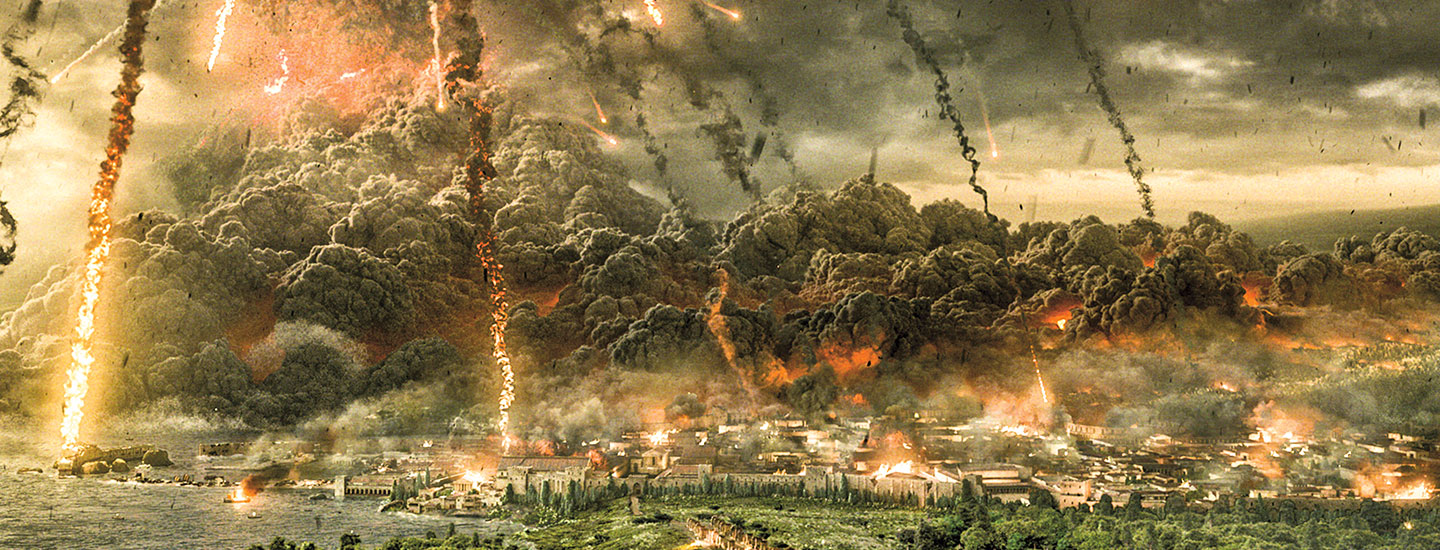Jim McMahon
The year was 79 a.d. in the bustling Roman city of Pompeii. For months, the city had been rattled by earthquakes. These ground-shaking events are common along Italy’s west coast. So Pompeii’s roughly 20,000 residents weren’t very worried.
But the quivering earth was a warning. Magma was moving underground. And Mount Vesuvius, a towering volcano east of Pompeii, was about to blow. The eruption began with a massive gray cloud rising into the sky. Superhot rock, lava, and gas raced down the volcano’s slopes, burying Pompeii under 10 meters (33 feet) of ash. Over time, the ash hardened, preserving the city.
Since workers discovered Pompeii’s ruins in 1748, researchers have been drawn to the site. But there’s a problem. Two groups of scientists
want to study Pompeii: archaeologists, who study human history and culture, and volcanologists, who study volcanoes. To do their work, volcanologists need to analyze the layers of soil. But for many years, archaeologists have been digging up the city’s remains, disturbing that soil. Can the experts find ways to work together?
Pompeii was a busy Roman city in 79 A.D. That year, earthquakes shook the town for months. Earthquake happen often along Italy’s west coast. So Pompeii’s 20,000 residents weren’t that worried.
But shaking ground was a warning. Magma was moving beneath Mount Vesuvius. The volcano towered over Pompeii. And it was about to blow. First, a huge gray cloud rose into the sky. Hot rock, lava, and gas raced down the volcano’s sides. Ash 10 meters (33 feet) deep buried Pompeii. That preserved the city.
Workers found Pompeii’s ruins in 1748. Scientists have been drawn to the site ever since. But there’s a problem. Two groups want to study the city in two different ways. Archaeologists study human history and culture. They’ve been digging up Pompeii for many years. That has disturbed the soil. Volcanologists need it to learn more about volcanoes. Can the experts find ways to work together?

